How to Get Sensation Back as a Woman: A Guide to Rebuilding Pleasure

Table of Contents
My sensation “down there” has never been steady. It’s been a full-on rollercoaster. There have been stretches where I could barely feel anything at all. And then there have been moments where one soft touch felt electric, overwhelming, as if my whole system was about to burst.
What I’ve learned is that sensation is deeply tied to everything else going on in life. For me, medications have blunted my sensitivity. Stress and anxiety have stolen it outright, pulling me out of my body and stuck in my head. But when I’ve given myself space and presence, pleasure has found its way back in, sometimes in waves that surprise me.
I know every woman has her own version of this story. No matter the reason, it helps to know that sensation isn’t gone forever. It can slip away, but it can also return.
Below I talk about why sensation fades, and the real, practical ways I’ve brought mine back when it felt elusive.
STEP 1: Identify the Reason Sensation Decreased
In order to help regain sensation, it’s useful to first uncover why it has decreased. When you know the core reason and understand the symptoms , you can target the source. Here are some of the most common contributors:
Hormonal Shifts
Hormones are the fuel behind arousal. When estrogen levels and testosterone levels dip, and from menopausal symptoms, the tissues of the vulva and vagina don’t plump and swell as easily. In these cases, testing your levels and supporting them can bring responsiveness back into the tissues and help you regain sexual interest.
Pelvic Floor Tension or Weakness
Your pelvic floor muscles are the secret of sensation. When you have overactive pelvic floor muscles, blood can’t circulate properly, and touch barely registers. When they’re weak, arousal has nothing to build on. Learning to both release gripping (through reverse Kegels or bodywork) and build strength (with practices like yoni eggs) restores the muscular foundation that pleasure relies on.
Stress and Anxiety
Stress lives in your tissues. When cortisol floods the body, blood flow is redirected away from your genitals. You might notice that even when you want to be turned on, your body refuses to follow. Anxiety adds another layer, keeping you stuck in thought instead of in sensation. The antidote here is soothing the nervous system through practices that signal safety.
Medications
Certain medications like birth control or antidepressants can contribute to sexual dysfunction, flattening desire and numbing sensation. They shift brain chemistry, hormones, or circulation in subtle ways that add up to a body that feels less responsive. Sometimes adding supportive practices (like herbs or arousal retraining) can help balance what the drug flattens.
Birth and Scar Tissue
Vaginal births, C-sections, pelvic surgeries, or even small tears can leave behind scar tissue. Scar tissue changes how nerves fire and how stretchable the tissue feels. For some women, this translates into numb spots where sensation used to be alive, or uncomfortable sensitivity that makes them pull away from touch. Gentle internal massage, wand work, or scar-release therapy can gradually bring sensation back into these places.
Overreliance on Vibrators
High-speed vibration is like fast food for the clitoris, intense, reliable, and satisfying in the moment, but not always nourishing in the long run. Over time, slower forms of touch can feel flat because the nerves have been conditioned to expect a blast of intensity. Taking a break from vibrators and spending time with slower touch helps the body remember how to savor nuance.
Circulation Blockages
Hours of sitting at a desk or perched on a bike seat compress the pelvic area and reduce blood flow. Without healthy circulation, nerves go quiet. It’s why sometimes after a long, sedentary week, arousal feels like it’s struggling to even get started. Building movement into your day, opening the hips, or even using warm compresses before intimacy can wake up blood flow and restore vitality.
Emotional Shutdown
Our bodies remember. If there’s been sexual trauma, shame, or even just years of disconnect from your own desire, your nervous system may dull sensation as a way to protect you. Gentle self-touch combined with grounding, therapy, or somatic support can support the nervous system.
Dryness and Tissue Changes
When natural lubrication is missing, tissues within the vaginal walls can become irritated or less supple, and the body responds by turning down sensation, making it hard to feel sexual pleasure and reach orgasm. Supporting moisture by increasing hydration or addressing the hormonal roots of dryness can restore sensitivity.
Disconnection from the Erotic Body
Living in constant “go mode” leaves little room for feeling sexually aroused. If your days are packed with an endless mental load, your erotic signals get buried under it all. Carving out space for slowness helps you step back into feeling.
STEP 2: Reset the Nervous System’s Connection to Sexual Stimulation

I have found that more than any other factor, sensation in the genitals and the ability to achieve orgasm relies on the nervous system deciding whether it feels safe and calm enough to let sensual sensation be registered and fully felt. When the nervous system is processing too much other input, it does not have capacity to register sexual desire.
Your nervous system only opens the gates to sexual response when it senses safety. If your body is locked in fight-or-flight, your brain reroutes resources away from the pelvis. In freeze, another common state, the body protects you by going numb, then pleasure becomes faint or unreachable, even if your mind desperately wants it.
Soothing the System Into Arousal
We are not always aware of what state our nervous system is in. But the body leaves clues if you know how to listen. For me, it often starts with breath. When I’m in fight-or-flight, my inhale gets trapped high in my chest and my exhale barely makes it out. My belly feels tight, and my pelvic floor grips. In freeze, I can look calm on the outside, but inside I feel flat and unreachable, and often my hands go cold. Once I began paying attention, these became clear signals of whether my body was open to sensation or whether it needed coaxing back toward safety.
For me, the shifts usually come through small rituals that bring me back into my body. Sometimes it’s as simple as closing my eyes for a few minutes and paying attention to my breath, letting it lengthen until I can feel my whole torso move. Music helps too, the moment a song with sensual rhythm fills the room, I notice myself dropping out of my head.
Other times I ring my little bells, light incense, or slip into a long, luxurious bubble bath that softens every edge of me. On days when my system feels especially full, I’ll step outside for a twenty-minute walk in nature. Even something as ordinary as putting on a peaceful nature documentary at night has calmed me enough that my body could register touch again. These things might not look like arousal practices on the surface, but they clear the static in my system.
STEP 3: Strengthen Weak Pelvic Floor Muscles to Increase Blood Flow
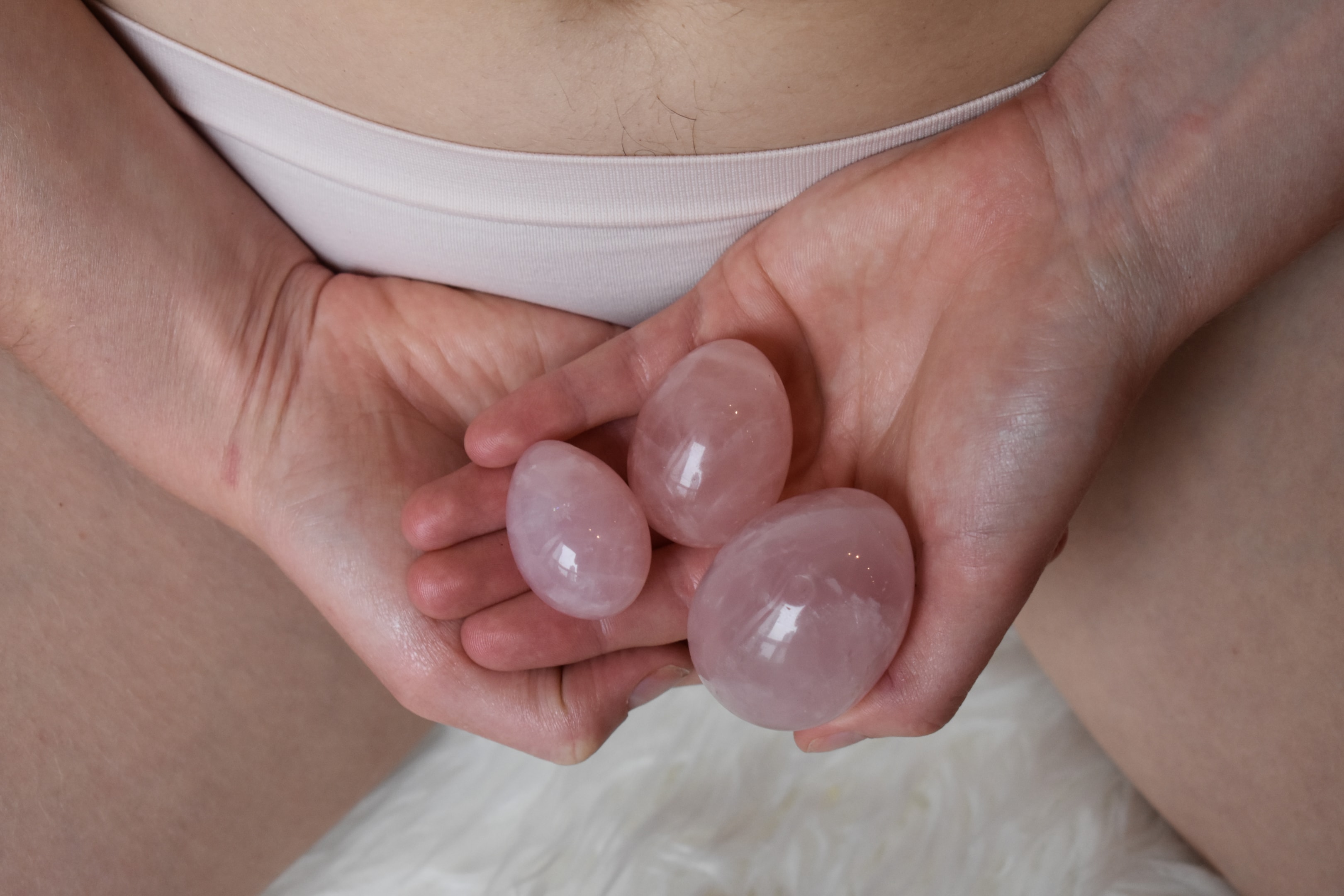
The pelvic floor is where so much of your pleasure lives. These muscles are essential for sexual function, creating the pulsing, throbbing waves of orgasm and the swelling fullness of arousal. When they’re clenched all the time, blood can’t flow and you can experience some genital numbness. When they’re too weak, arousal slips through your fingers before it has the strength to really build. To feel more, your pelvic floor has to learn both how to let go and how to gather strength.
There are countless elaborate kegel exercises out there for strengthening these muscles, but in my experience it doesn’t have to be complicated. What matters most is awareness. For me, that means tuning into my pelvic area throughout the day and gently contracting and releasing my vagina, not just during sex or on the toilet, but while I’m sitting at my desk, cooking dinner, or driving for example. Every time I bring attention there, I can feel sensation, all kinds, within. Over time, that constant engagement makes the whole pelvic bowl feel more sensitive to me.
Yoni eggs can be a beautiful way to amplify this awareness, as they bring a constant felt presence in the pelvic space that is hard to ignore, so you find yourself engaging the area constantly by default.
STEP 4: Try Slow Self Pleasure
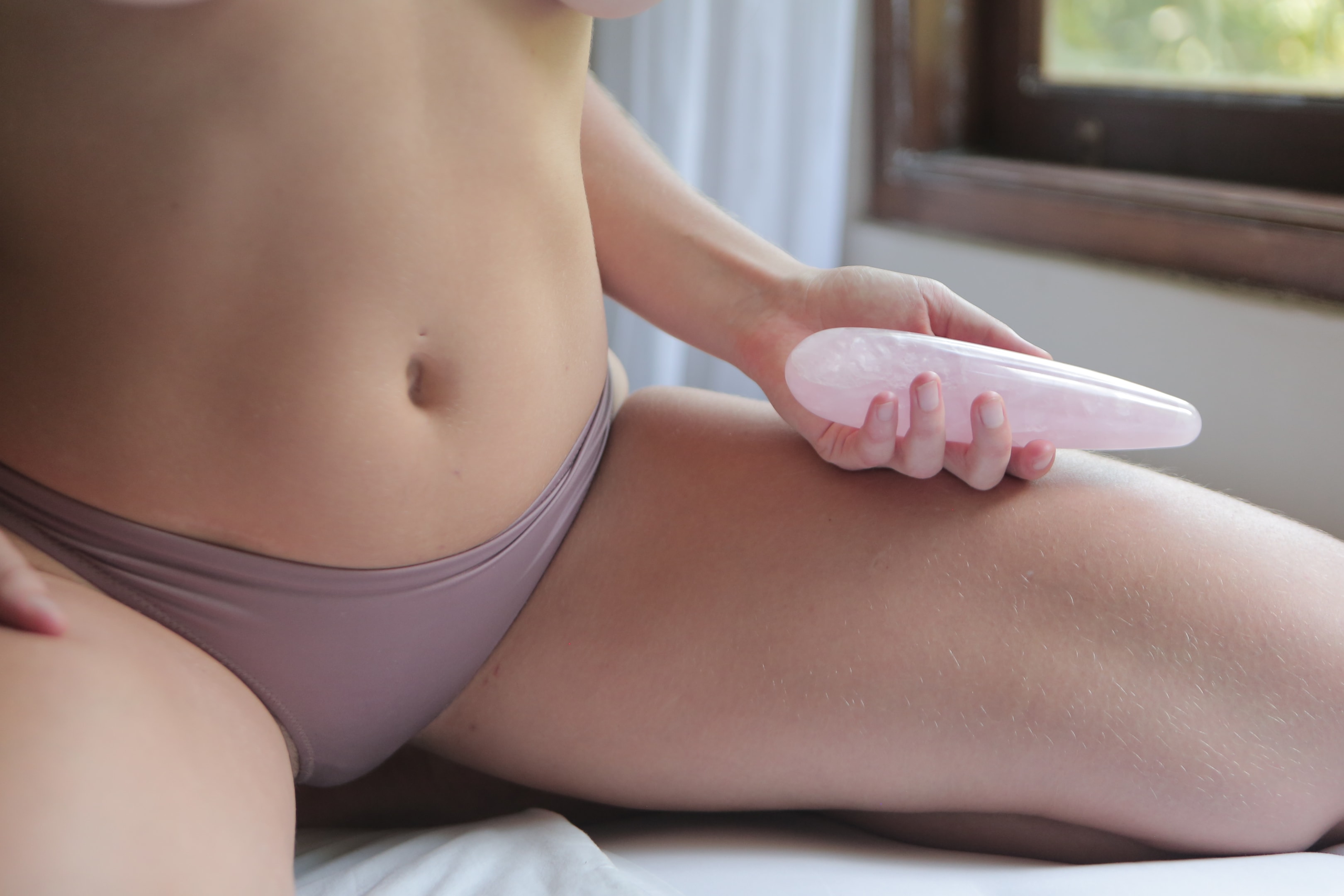
For years I relied on what I call death grip syndrome, clenching hard with my hand, or needing a vibrator at full speed and clitoral stimulation to feel sexual satisfaction. It worked, but the orgasms felt one-dimensional. They were sharp and fast, but they didn’t open me, and they left me craving more sexual activity almost immediately. With a partner, I carried the same pattern, bracing my body and chasing release. What I’ve come to realize is that gripping and rushing actually flatten sensation. They train the body to only recognize one narrow pathway into pleasure.
In recent years, I’ve learned that slowing down and letting arousal unfold without rushing toward orgasm makes me far more sensitive. When I don’t chase the goal, the pleasure has room to build on itself. Arousal can spread, deepen, and turn into something much bigger than one climax squeezed out at high speed. Sensation feels more full-bodied than I ever imagined it could.
Conclusion
There are so many reasons why sensation can fade for women, and each reason has its own way of being addressed. But for me, the biggest factor has always been the state of my nervous system and how present I am with myself, and have found the same counts for most women.
When I take the noise away, when I give myself permission to breathe and to be in my body, I notice sensation returning almost on its own.
That’s why I believe nervous system regulation and awareness are the most powerful tools we have for bringing back pleasure and sensation. They don’t replace other methods, like strengthening pelvic muscles, or supporting hormones, but they create the foundation that makes all those practices more effective.
Related Articles





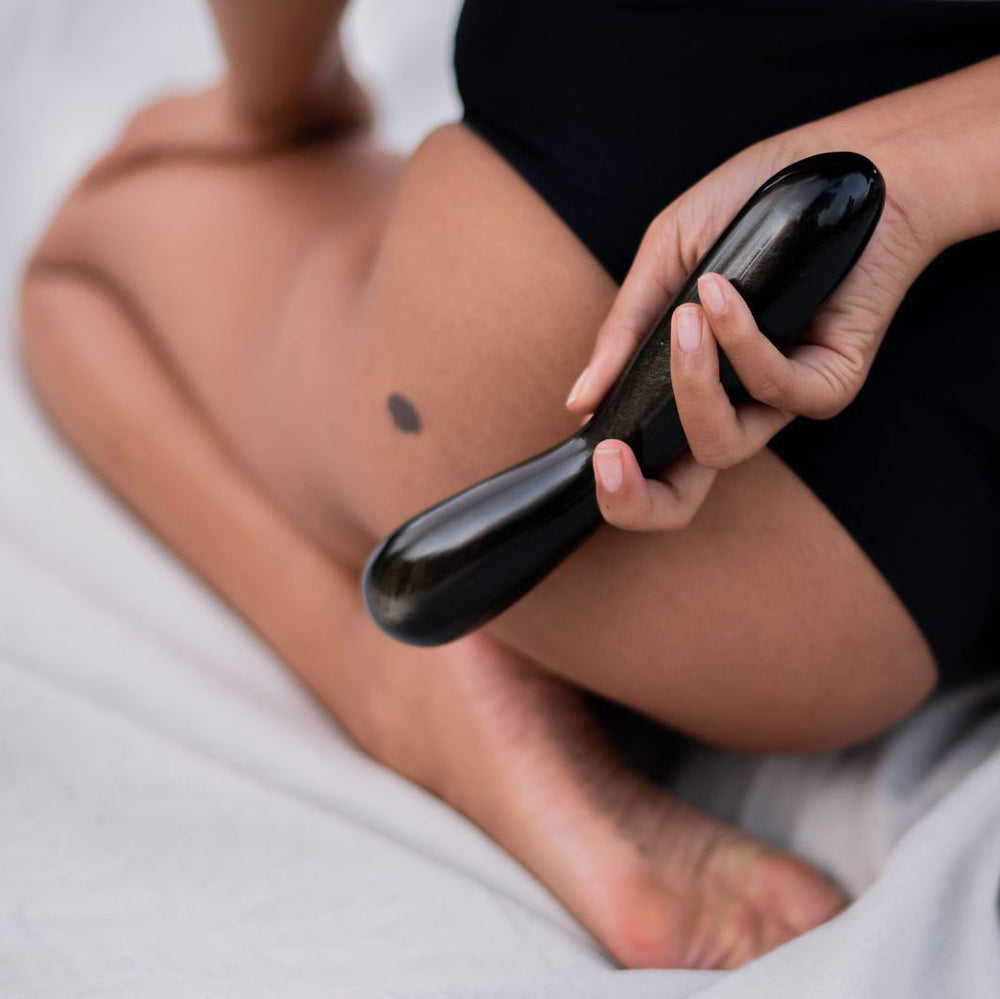
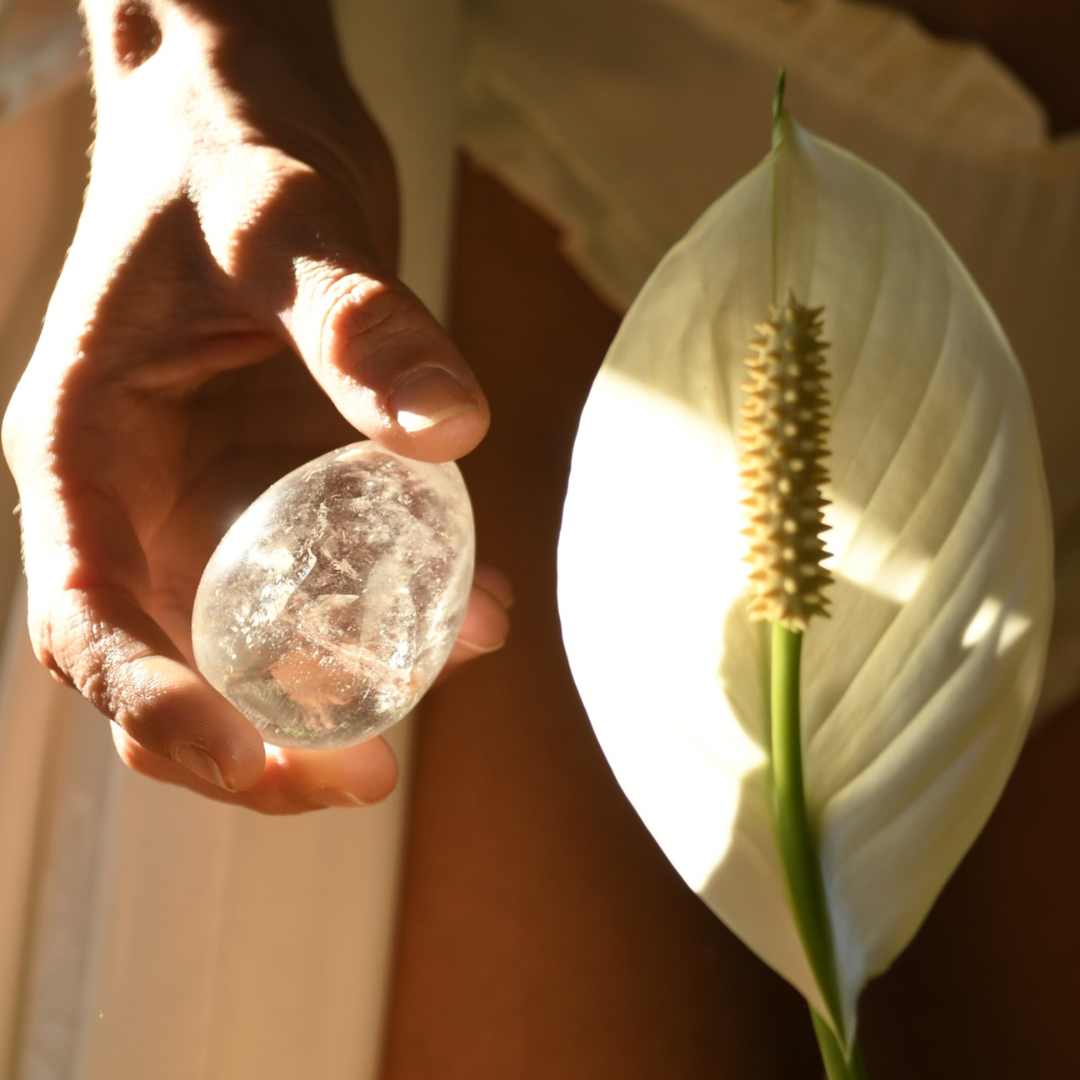

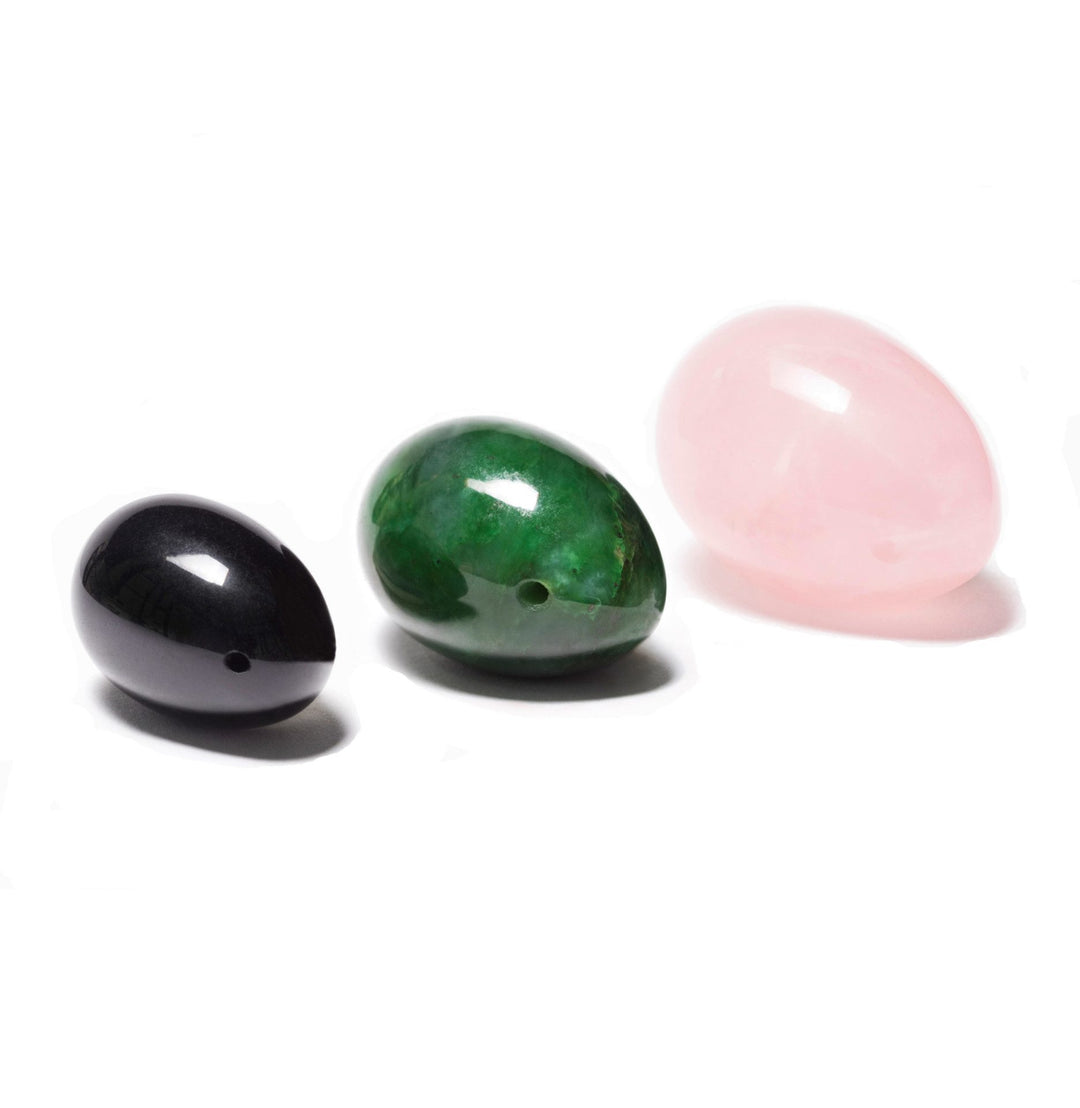
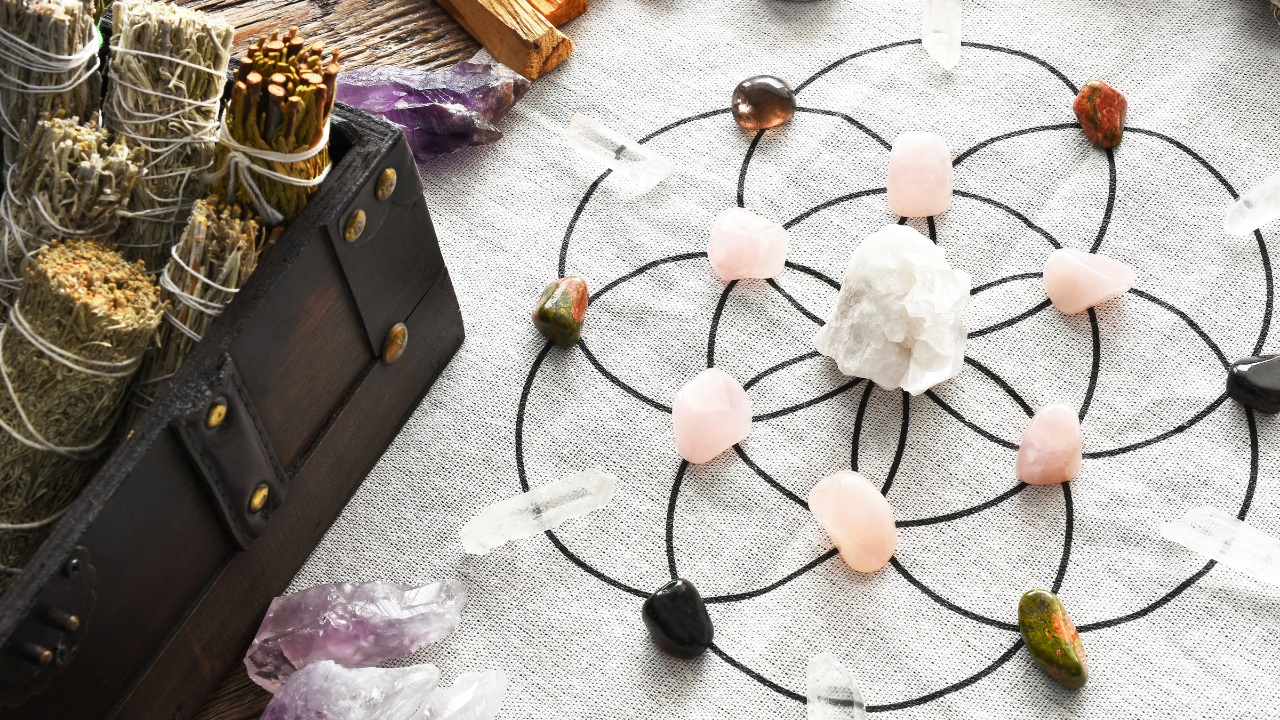
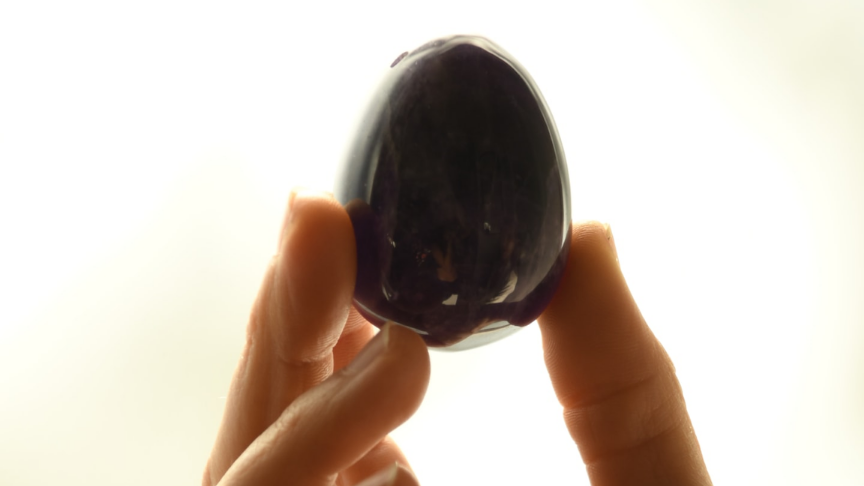
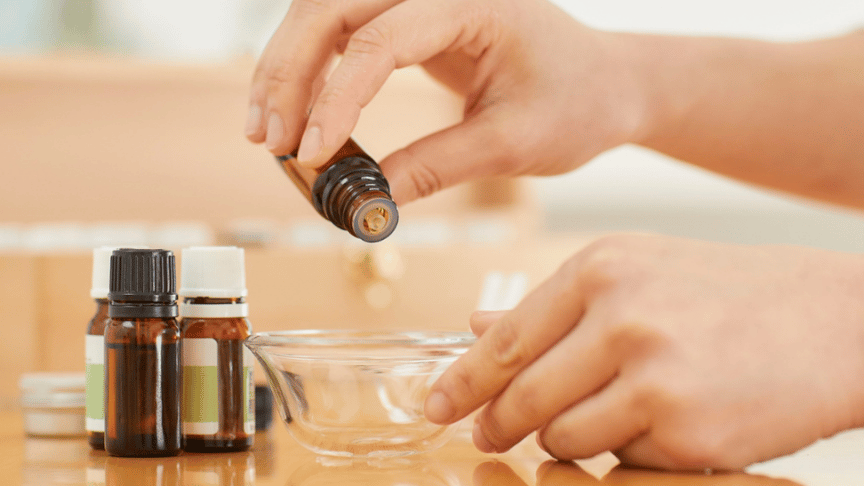
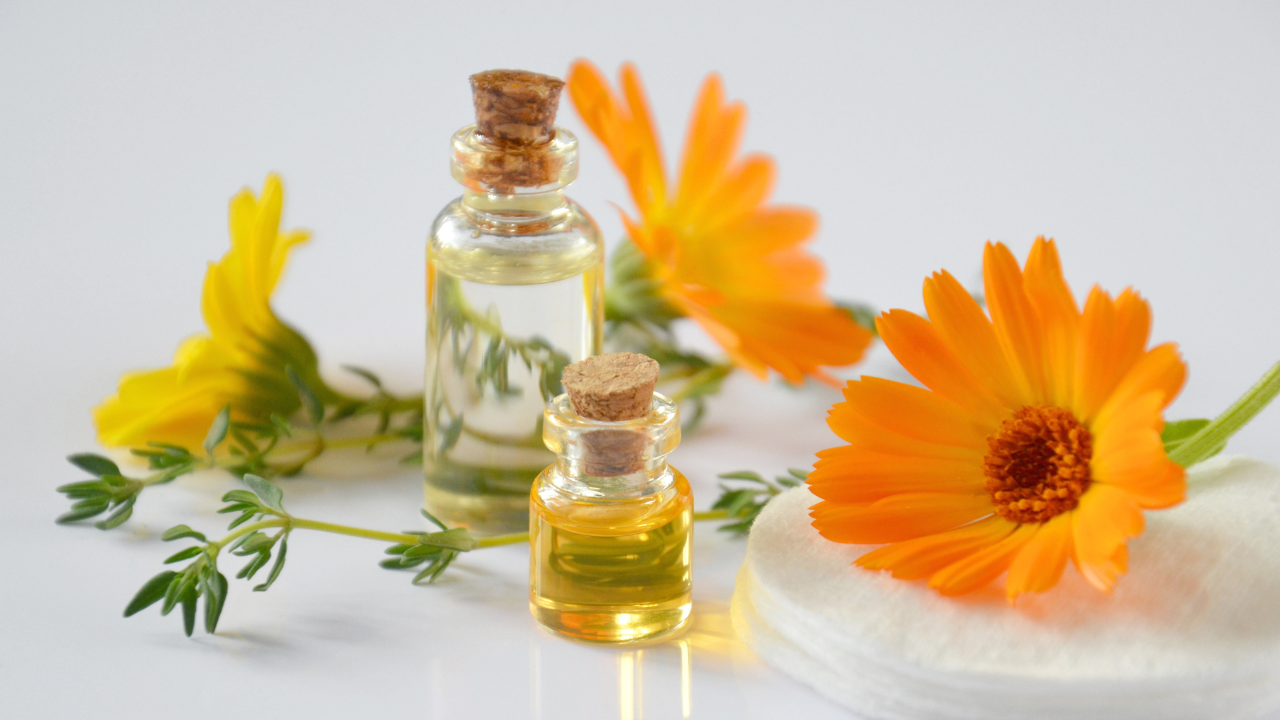
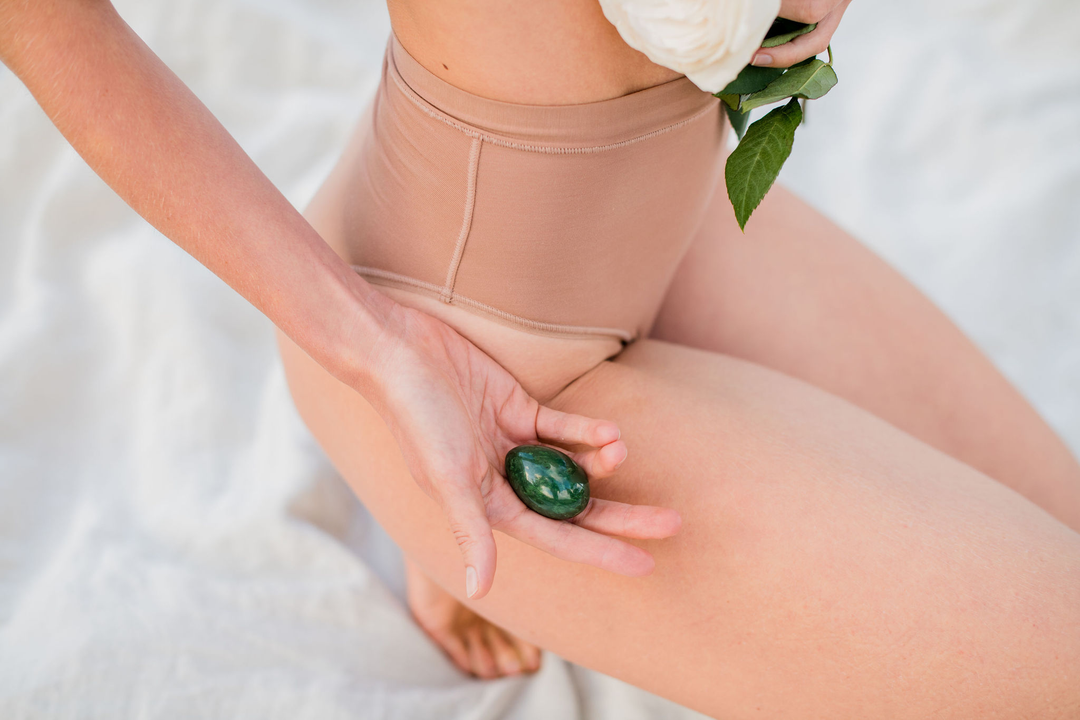
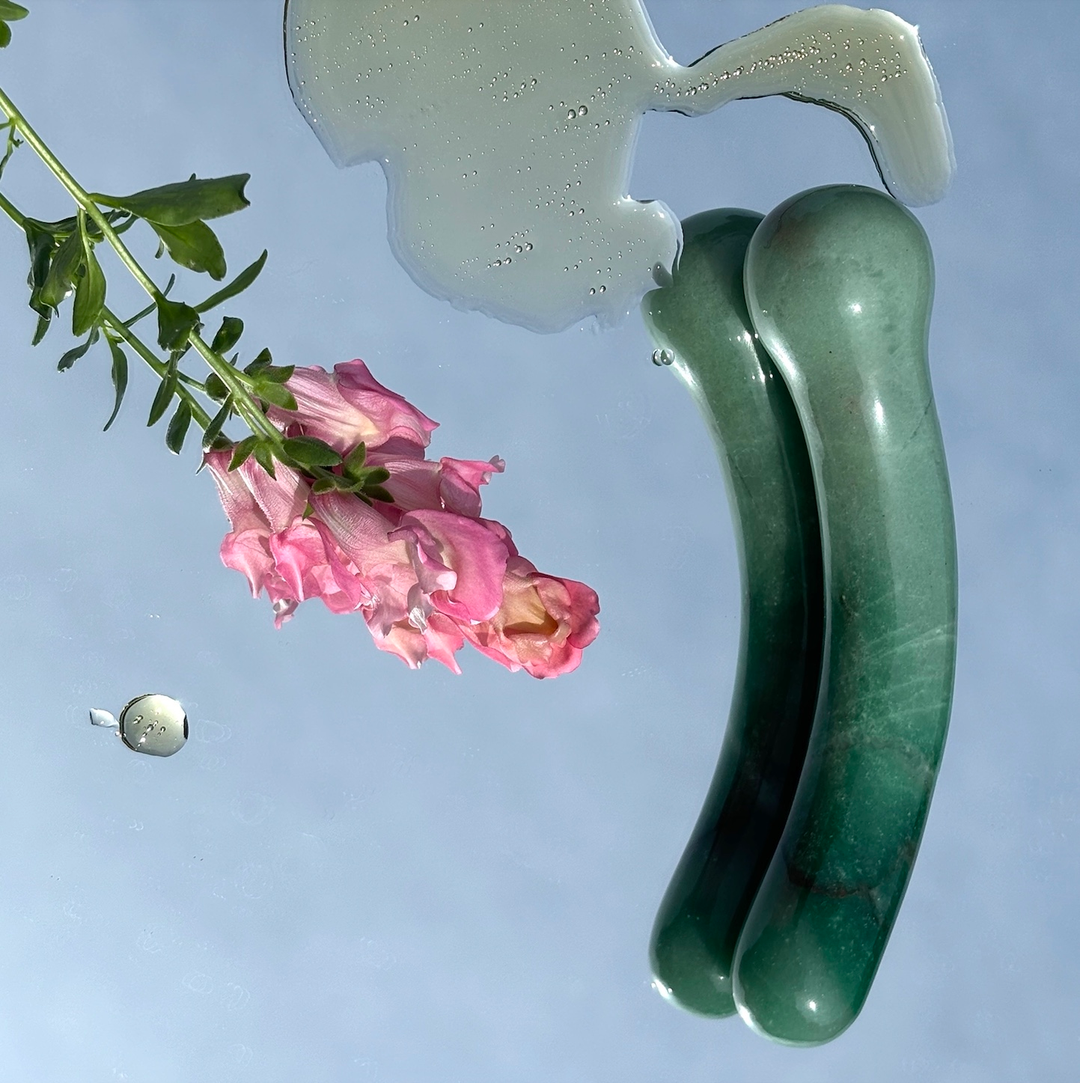
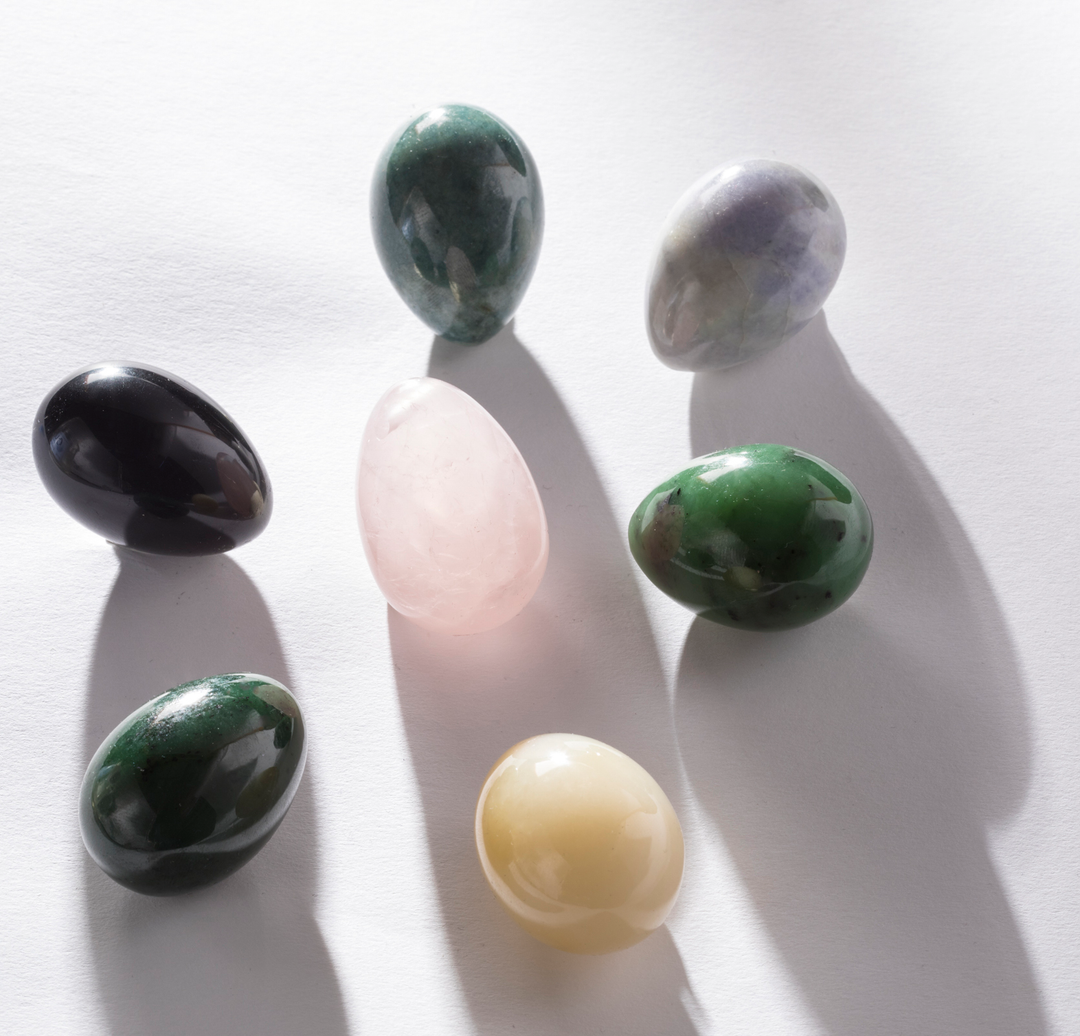
Leave a comment